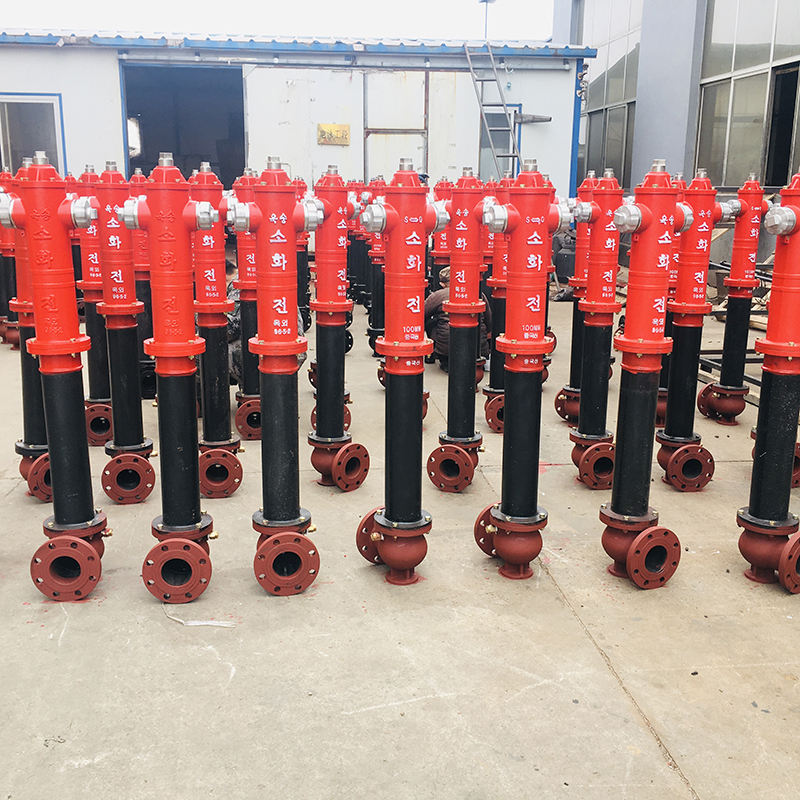Guangzhou Automobile Group (GAC) is taking a major step in streamlining its operations by merging its two bus manufacturing units—formerly known as Guangzhou Isuzu Bus Co., Ltd. and Guangzhou Denway Bus Co., Ltd.—into GAC Bus, which will be officially listed. This move follows last year’s strategic expansion into the truck sector through a joint venture with Hino Motors. The consolidation of passenger car assets now signals that GAC has fully integrated its commercial vehicle operations, marking a key milestone in the company’s broader restructuring efforts.
The integration process does not interfere with GAC’s ongoing listing plans. Since the start of this year, the group has been actively pursuing its IPO strategy. At the Beijing Auto Show in April, GAC General Manager Zeng Qinghong confirmed that the listing plan remains on track for the year. Since then, GAC has adopted a more low-key approach, leading many to believe it has entered a “quiet period†before the public offering. Despite media speculation about potential partnerships and collaborations, the company has remained largely silent, further fueling speculation about its next steps.
This quiet phase has only heightened interest in GAC Bus’s upcoming listing. According to senior GAC officials, the group plans to go public as a whole, with GAC Passenger Cars being included as part of the listed assets. However, the reorganization of GAC Bus began at the end of last year, and the company’s financial performance has remained stable. As a result, the listing process remains unaffected. That said, sources indicate that GAC is currently profitable and financially strong, so there may not be an urgent need to rush the IPO.
In addition to these developments, GAC has paused its cooperation with Hyundai Motor. The project, which was intended to be carried out through Guangzhou Denway Bus, has been put on hold. While GAC officials describe this as a temporary pause rather than a complete cancellation, the reasons behind the delay are clear. According to a top executive, the conditions set by Hyundai were too strict—so much so that they even exceeded those proposed by Japanese partners. This made it impossible for GAC to accept, leading to the current stalemate.
While the future of the partnership is uncertain, there is still hope that negotiations could resume if Hyundai is willing to revise its terms. If the project is revived, GAC Bus would take over from the previous Junwei passenger car unit, becoming the primary asset for the modernization joint venture.
Currently, GAC Bus continues to focus on building its own brand. The three former brands—Yangcheng, Denway, and Isuzu—will now be rebranded under the “Guangzhou Automobile†umbrella. GAC Bus offers a wide range of city buses, road buses, and group buses, ranging from 6 to 12 meters, including hybrid models. In the second half of the year, the company will launch a new hybrid bus specifically designed for Guangzhou’s urban transportation needs. This model features a liquefied petroleum gas (LPG) and electric hybrid system, making it the first of its kind in China.
Fire hydrant is a device that provides a water supply for firefighters to use in extinguishing fires. It is typically a metal pipe with a valve and a connection point for a fire hose. Fire hydrants are usually located along streets and are connected to an underground water main. When a fire occurs, firefighters can open the valve on the hydrant to release a high-pressure water supply. The water can then be directed onto the fire to help control and extinguish it. Fire hydrants are an essential part of firefighting infrastructure in cities and towns.

Fire Hydrant,Fire Hydrants Type,Fire Extinguishing Cast Iron,Fire Hydrant System
Dandong Haichuan Machinery Co., Ltd. , https://www.ddhccasting.com